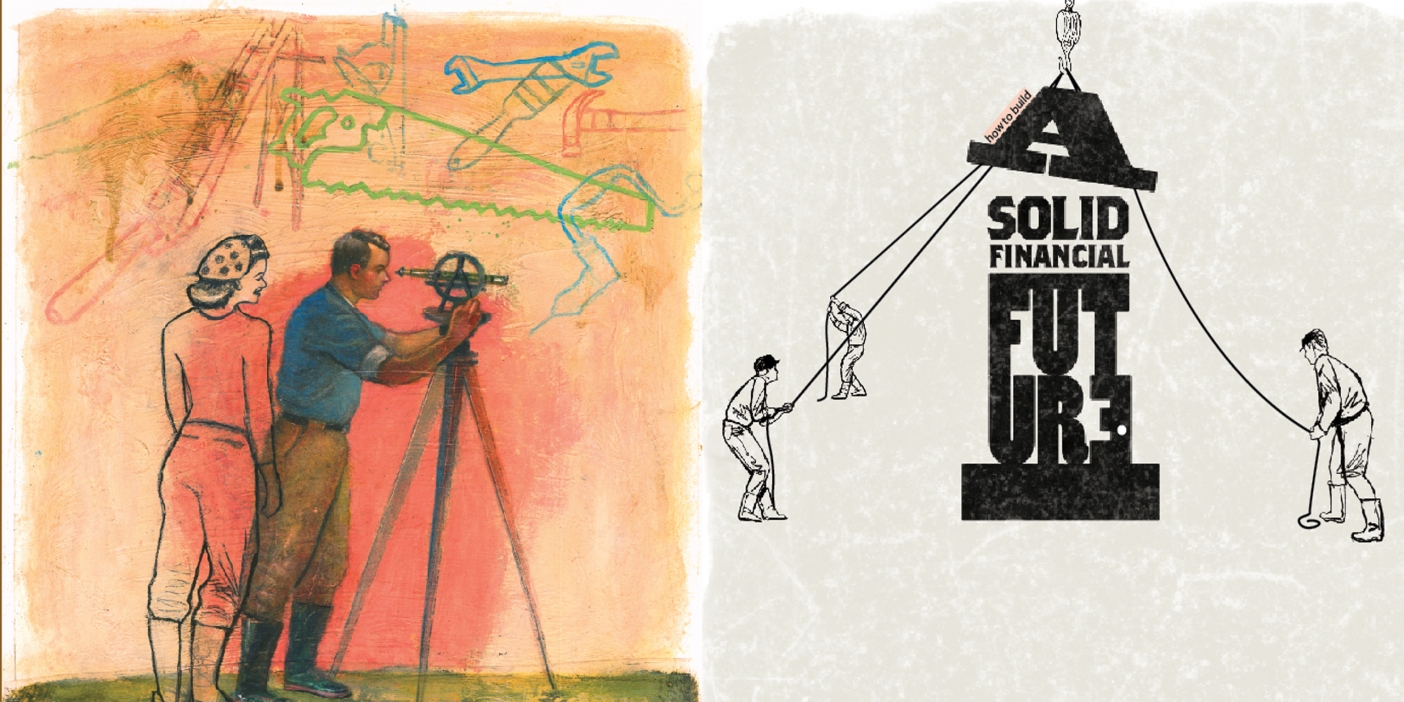EDITOR’S NOTE: This essay was the winning entry to the 2003 BYU Magazine student essay contest. The theme for this year’s contest was Enter to Learn.
Facing tuition payments and book bills, a BYU student asks herself whether it’s all worth it.
HE didn’t have one, but he should have—one of those bumper stickers that quips: “My Money and My Daughter Go to BYU.” Each time my father penned a check for tuition in my undergraduate behalf, he must have willed himself to the mailbox with the Cougar Fight Song on his lips and a prayer in his heart that all that money—all that hard-earned, savings-shaving money—would be worth it.
Dad called me at my dorm room every Saturday morning of my freshman year to review the returns on his 18-year-old investment portfolio.
“Hi Dad. . . . School? Fine. But you won’t believe my date last night. First we went to D.I. to pick out disco clothes and then . . .”
Had I been studying abnormal psychology, my accounts might have been somewhat reassuring for my father. As it was, Dad hung up the phone every Saturday morning with new understanding of the law of diminishing returns.
Several semesters have passed since Dad enthusiastically passed the hefty tuition baton to my husband and me on our wedding day. His grin said, Best of luck in your new life together. Hope you have plasma to spare.
Financing my own education has been a big awakening for me—an awakening to responsibility, to financial planning, and to waiting for two hours to eat dinner since the hamburgers at Burgers Supreme drop to 99 cents after 8 p.m. Now that it is my own soul and savings that I drop off at the Cashier’s Office every semester, I can’t help but descend the concrete steps of the administration building wondering, as did my father before me: Gosh. Is it really worth the money?
But then I get a call from my little sister, Katie. She is a senior in high school and just one of the thousands of hopefuls applying to BYU. We choose to speak optimistically, as though being admitted is a done deal. I fill her in on living arrangements and general education classes and family home evening groups. She giggles with excitement as I tell her for the million and fourteenth time that she is going to have the time of her life. She admits she is discouraged about ACT and application fees, but I assure her the money is worth it. It’s worth it. Oh, Katie, is it worth it.
Today BYU costs me exactly $220.38 in books alone for six graduate school credits. At home I crouch down to the bottom shelf of our bookcase to make room for the newest pages of intellectual betterment. I gleefully push physics to the corner and press chemistry in close. I pause my organizing process to look at a collection of English 115 readings. The pages fall open to Annie Dillard’s essay “Seeing.” I skim the passage, recalling how she hid pennies in obscure places and marked their hiding spots with big chalk arrows and words like SURPRISE AHEAD. “I’ve been thinking about seeing,” she writes. “There are lots of things to see. . . . The world is fairly studded and strewn with pennies cast broadside from a generous hand” (“Seeing,” from Pilgrim at Tinker Creek [New York: Harper’s Magazine Press, 1974], p. 15).
A happy sigh. I’d forgotten how much I enjoy Dillard and how I met her in a freshmen text somewhere between dates and disco clothes. Dillard. A penny in my own jar. Microcosmos at the International Cinema. Another penny. Watching classmates give a priesthood blessing to the student having a grand-mal seizure in the aisle of the humanities building auditorium. Two pennies. Tunnel singing. Devotionals. The library’s Hawaii Five-O theme at midnight. Clink. Clink. Clink. Penny by penny, my BYU education quickly becomes priceless.
Maybe I’ll send Dad a jar of the copper coins when I graduate—symbolic proof of everything I’ve learned at BYU. Maybe I’ll send him two jars. I’ve got pennies to spare.
After All










